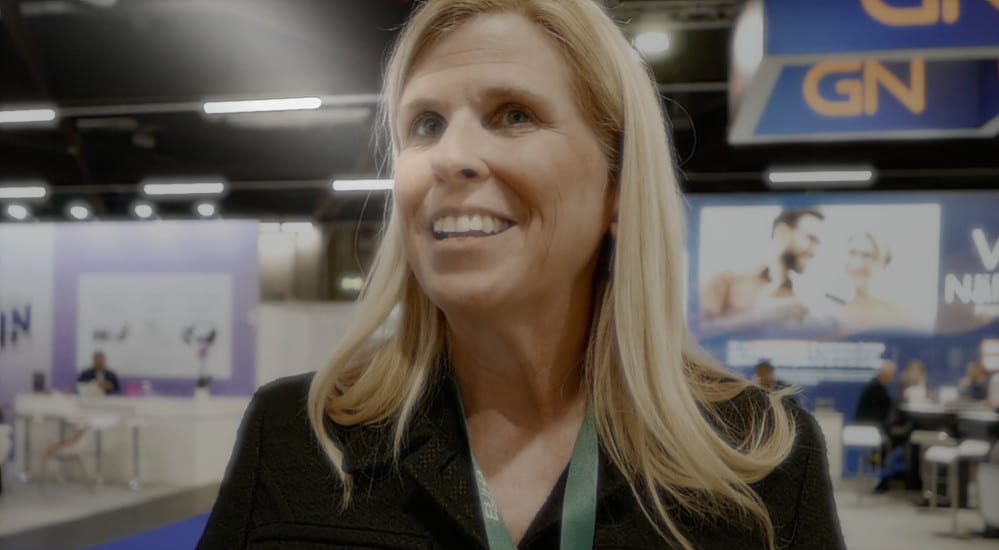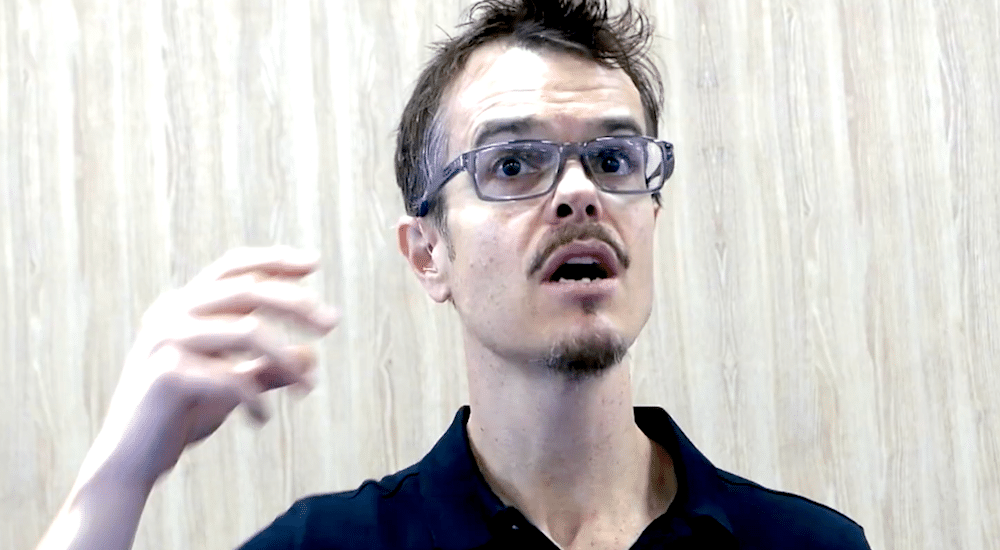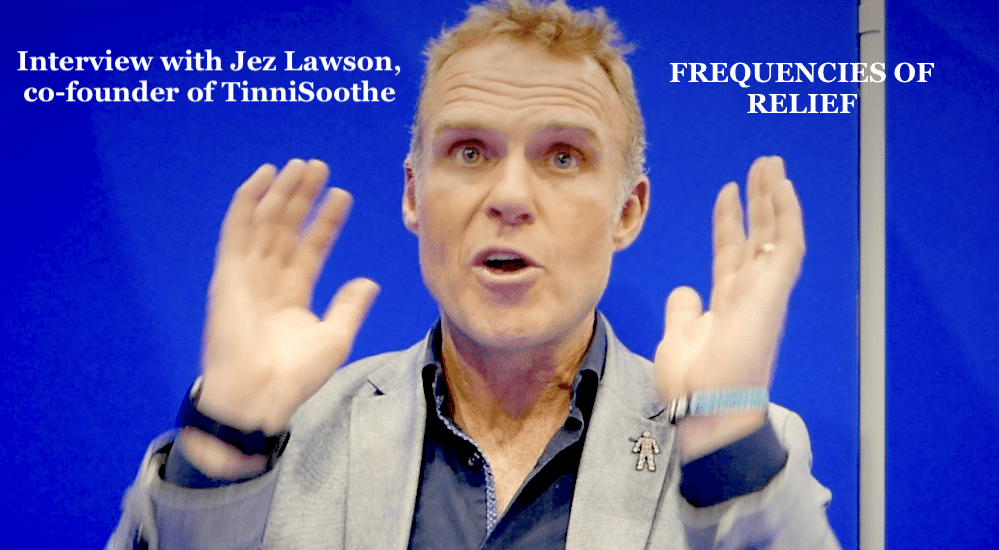Digital natives and digital immigrants : the generation game at the heart of audiology marketing
Audiology coach Jana Verheyen took a look at today’s and tomorrow’s customers through the prism of their generations, while Katrin Schneider draws some tips from EUHA’s VP on how to understand the members of Generation Z

High expectations, reluctance to purchase, internet research awareness, and price comparison savvy. How can specialist hearing care stores respond to current market developments and increasing competitive pressure?
Challenges are looming for those who sell hearing aids: a high level of know-how on the technical side, and supplying a good product may no longer get your figures ticking over. Today’s customers are increasingly aware of offers and prices from your competition – especially those on the Internet. At the same time, clearly formulated expectations of service are also growing. To sum up: the service requested is on the up, but willingness to pay is decreasing. Anyone whose response is to provide less service is making themself replaceable, while those who offer more service will see their costs increase significantly compared to internet purchases.
So how can you withstand the increasing pressure of competition? And what opportunities and risks does digitalisation bring along?
First of all, I would like to approach the question of what exactly has changed. For this I will first take a closer look at the customers [1] because, after all, the need for change emanates from them. Because it is foreseeable that they will migrate to the internet, countermeasures must be taken.
Hearing aid buyers are increasingly more health-conscious and digitally active
When you look at the lifestyles and expectations of customers in line with their generational characteristics, it is clear that digitalisation is not all that has come to reach traditional hearing aid buyers:
The traditionalists carried the reconstruction
In fact, it is only the generation of traditionalists or so-called builders, born between 1920 and 1945, that has little access to the digital world today. What else sets them apart? They experienced the Second World War and supported the post-war reconstruction. They literally couldn’t afford to take their own health into account. This aspect is therefore rarely anchored as a value, so it is difficult to convince them to use a hearing aid if they have hearing loss (when they themselves do not see the need for one).

The baby boomers want to actively enjoy their retirement
The majority of current typical hearing aid customers instead belong to the baby boomer generation: they were born between 1945 and 1960 and are so-called digital immigrants. For a large part of their lives, they initially acquired information offline, for example via television or radio, and this was supplemented by digitalisation as they grew older. They have successfully acquired the skills for using the Internet, computers and cell phones in adulthood through work and family: email, PC, a Facebook account,… And a smartphone with various apps that count their steps or otherwise prevent health deterioration are an integral part of everyday life for many people. If they have questions, baby boomers often get competent information online about holiday destinations, healthy eating, and other everyday topics.
The baby boomers are extremely motivated, define themselves by their previous jobs, and assume that they deserve to experience great things in retirement. And to ensure that their quality of life remains as high as possible for as long as possible, they proactively contribute a lot: more than half of them exercise regularly and walk a lot because it is good for their health.
Generation X is the burnout generation
One step further in terms of digitalisation is the growing number of Generation X hearing aid customers. They were born between 1960 and 1985 and belong to the so-called sandwich generation: Even though they spent their school years (mostly) without cell phones or the internet, the computer was part of their everyday working life from the very beginning. In addition to some offline media, such as the print editions of newspapers, the internet is just as common an information source for them as having several different social media accounts.
Time and health are their precious commodities. When striving for a high quality of life, many people like to use various apps that promise support for all kinds of life situations, sports, mindfulness, as well as challenges to them to optimise life.
The desire for lasting quality of life is there – good news for those selling hearing aids – but so too is the independence they achieve through having more information.
Both baby boomers and generation X are very willing to work when it is good for their health. Maintaining quality of life is very important to both of them because they define health as more than just the absence of illness. They care about staying physically and mentally healthy in the long term – and if that requires a hearing aid, then so be it. When it comes to this central concern, they are significantly healthier and more responsible than the generation before them. To do this, many people not only get information from their peers, but also on internet and social networks. Unlike the builders, they are quite open to spending (a lot of) money on a hearing aid.
However, the downside of this maturity is that they know where they can get what they want, and for what price. They compare and consciously decide on the option that seems to make the most sense to them in terms of price-performance ratio. This is their right. And at the same time it is a challenge for all those who are not prepared for this change.
What if more and more hearing-impaired people buy a hearing aid to maintain their quality of life, but they switch to online purchasing because the added value of a real hearing care professional does not add up to a need to pay more? Could the hearing aid industry experience a similar situation to that of many other industries in the past: local shops closing down because hearing aids are purchased primarily online, like shoes, home accessories, or clothing?

© iStockphoto – Jay_Zynism Nowadays, many consumers consciously choose the variant that makes the most sense to them in terms of price-performance ratio. That is their right, and at the same time a challenge for all those who are not prepared for this change.
What do customers need in order to highly value the human factor?
Most in this industry would probably concur that the quality of a fitting depends heavily on the professional and interpersonal skills of the fitter, their experience, and their assessments of the customer’s limitations and capabilities. But does the customer also know that? And if not, is it helpful to educate them about it? There are certainly hearing care professionals who can explain this convincingly – but for many it can quickly sound like a justification for a sale, and thus it defeats the purpose of the explanation.
Adapting the offer according to changing expectations and needs could perhaps be the solution. In medicine, for example, a new understanding of care is developing due to the increasing competitive pressure from better-informed patients.
Because the patient is increasingly free to choose the care provider of their choice, their needs and perspectives are increasingly becoming the focus of medical care[2 ]. This changed attitude corresponds more to that of a service provider than that of what has hitherto been a provider (always coupled with the basic healing idea of a doctor, of course).
This complementary service idea offers hearing care professionals various ways to stand out from the competition – for example, by making an online appointment in real time but with free slots in the fitting room. There are certainly many ideas for this playground.
What I’m more focused on here is the notion of the hearing care professional providing a kind of service in the shop that CANNOT be replaced by the internet: How could a willing and well-informed potential hearing aid buyer be so well supported by a human being when purchasing a hearing aid that they would like to pay extra for this additional service because of the quality of life that is gained?

© iStockphoto – lilu_foto Jana Verheyen believes that the better the hearing care professionals are able to support customers in finding their way through today’s flood of information, the more grateful the latter will be afterwards.
The disadvantages of increasing digitalisation open up new opportunities
The solution seems to lie in digitalisation again: the growing amount of information is, in fact, overwhelming many potential hearing aid customers. No matter how willing you are to do something for your health: you understandably lack the skills to apply the advantages and disadvantages of the various offers to your own hearing loss and your own life. And in order to understand that achieving pleasant sound should sometimes not be the primary goal of care, you need someone who can explain the context in an understandable way.
This is because a hearing aid is medical care, not a lifestyle gadget. It is intended to compensate as best as possible for a disability that slowly creeps into life. This means that the consequences of hearing loss are already noticeable in the everyday lives of those who go looking for information about hearing aids – otherwise the topic would not be an issue for them.
Many of those affected do not talk to people around them about the increasing consequences of their growing hearing loss. But if you don’t talk, you don’t reflect either. And those who do not reflect often do not meaningfully weigh the arguments for or against high-quality care, or for or against initially unpleasantly loud settings.
This means that sooner or later, many hearing aid buyers need support in recognising and evaluating the consequences of their hearing loss on their lives, and in accepting the limitations of the technology. Ultimately, when the sound becomes uncomfortable, you won’t be able to get any further, even with an internet connection.
The better the hearing care professional manages to support customers in finding their way through the jungle of information and adapting it to themselves and their lives, the more grateful they are afterwards. It is NOT explicitly about clarifying needs from the hearing care professional’s point of view, but rather about buyers recognising for themselves what care is good for in their life. What specifically will change for the better?

© iStockphoto – koongtita A look at different customer generations clearly shows that digitalisation is not the only thing that has reached traditional hearing aid buyers.
While hearing aids on the internet are primarily there to help you “hear better”, the hearing care professional can clarify with the customer in direct conversation – and in addition to the actual hearing aid fitting – why a hearing aid is there for them to hear life better! No internet can offer this gain in knowledge – and it is fundamentally important for optimal speech understanding, even as hearing loss increases.
Growing health awareness, together with the increasing maturity of buyers due to digitalisation, is an opportunity – not an easy one, but one that is possible. And I’m very excited to see what the hearing care industry will make of it.
[1] The information on the “Baby Boomer” and “Generation X” generations is taken from a presentation by Dragana Radovanovic, Head of Commercial & Audiological Enablement at Sonova Deutschland GmbH, at the forum of the Ear Clinic in Bensheim on June 14, 2023.
[2] Dr. Regina Vetters and Maren Giebig: The new understanding of health, HealthCare Magazine, Winter 2023 issue, p. 8f.
EUHA Vice President Peter Möckel: “We clearly have to adapt to the new generation”
The third day of the EUHA Congress, a tech crystal ball event called Future Friday, brings a sharp focus on a generation of digital natives who present unique challenges and opportunities: as students and trainees to interest in the profession and industry, and as future customers of hearing tech. For Audio Infos Germany, Katrin Schneider drew some tips from EUHA’s VP on how to understand the members of Generation Z.
As a key organiser behind a now established Congress focus on things and ways to come – which this year offers Future Friday free to students and trainees – EUHA Vice President Peter Möckel recognises that being young and having plenty of choice is as much of a problem for future professionals as it is for the industry that must court them.
Audiology Worldnews (AWN): What are the challenges of the future for the industry in attracting young talent?
Peter Möckel (PM): First of all, companies are concerned with finding trainees and, if they are suitable and the training has begun, retaining them. This works best if you ensure that the training is fun and meets expectations. The demands placed on employers and working life are quite clear for young people. However, choosing a career itself is more of a challenge for young people today than it used to be. Because of the oversupply of jobs, young people can choose from many different training places where they would like to work. This is sometimes overwhelming. As entrepreneurs and as an industry, we have to be prepared and react to this – both in the acquisition and in the care of employees. Future Friday on October 20 is a good opportunity for this.
AWN: Where can this be tweaked, and what aspects might need a rethink?
PM: As employers, we clearly have to adapt to the new generation – and rethink. It starts with recruiting; there are now “dating apps” for job searches, for example. But it’s also important that we place our ads where young people are anyway: on the internet and on social media. Boring advertising messages are quickly filtered out.
In order to remain sustainably in the minds of young people, we need cool marketing campaigns that integrate young people. But we also have to continually provide incentives, motivate, and remain attractive to the trainees in everyday working life.

Feedback is key
A feedback culture is very important to the new generation. Sometimes things like this only happen in annual employee reviews. It is important that we give regular feedback in everyday life. This is easy to learn and ensures satisfaction, and employees then feel seen and valued.
The fact that trainees and younger employees attach great importance to meaningful work can also motivate us to continually point out the benefits of the work for the customer. Another point that is important for young people is sustainability. Small innovations can often be the deciding factor in school leavers choosing this particular company. Some hearing care specialists now offer cleaning products that you can fill yourself using a dispenser. Something like this can be an incentive to decide on the company. Of course, sustainability must also be lived on other levels.
AWN: The organisation of the programme focuses on Generation Z – do you have a few tips: How can employers in the industry best reach and convince young people?
PM: This is clearly possible via the internet and social media. Generation Z is actually the first generation to grow up as digital natives. As an employer, this is a completely different generation of employees that we have to approach.
Employees are currently a scarce and valuable commodity. We should meet the next generation in the industry where they are. For example, on social media, but also by giving them access to our working world, as it will now be on Future Friday on October 20.
It is often the case that we mostly have experts and experienced professionals taking part in the Congress. So it’s a novelty to open the Congress to the young generation and let them participate in the success of the industry and its visions. Something can develop from this. New perspectives and ideas can emerge.
We should meet the youngsters where they are and place advertising on the appropriate channels. It is also good if we explore fields related to the industry. Our trainee, for example, is a technology enthusiast and music lover and found his way to us through that. A spread between digital and analogue media is ideal.
AWN: What skills might be seen in Generation Z that can benefit the industry?
PM: Our industry is of course already super savvy in terms of technology and digital, but Generation Z is even further ahead of us; they are the first generation that grew up completely as digital natives. They approach the technical side of the job with a completely different level of confidence than was the case with me, Generation X, for example. We can use this in business.
They bring lightness into the digital world, which customers can also be infected by. For example with the keyword teleservice. This “just dare and try it out” is well received by customers. I also think it makes sense to involve young employees in the company’s social media activities. This generation represents a great opportunity for us as an industry. By learning the craft and having the technical know-how, coupled with the digital experience of Generation Z, this can be a great synthesis that benefits the entire industry. This generation has a completely different view of our industry. We can all look forward to that!
Source: Audiology Worldnews EUHA Congress special magazine October 2023
 Sign in
Sign in

